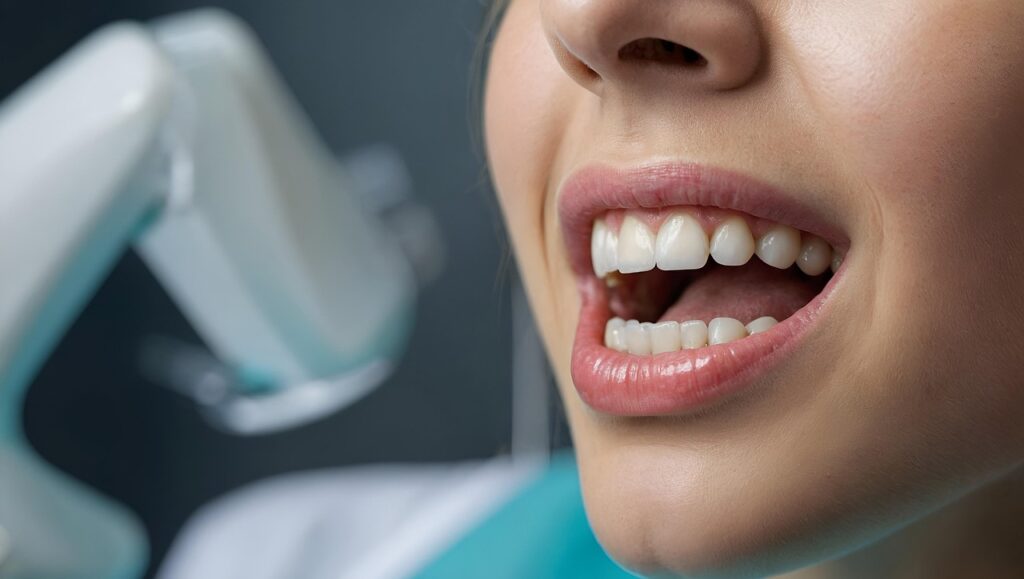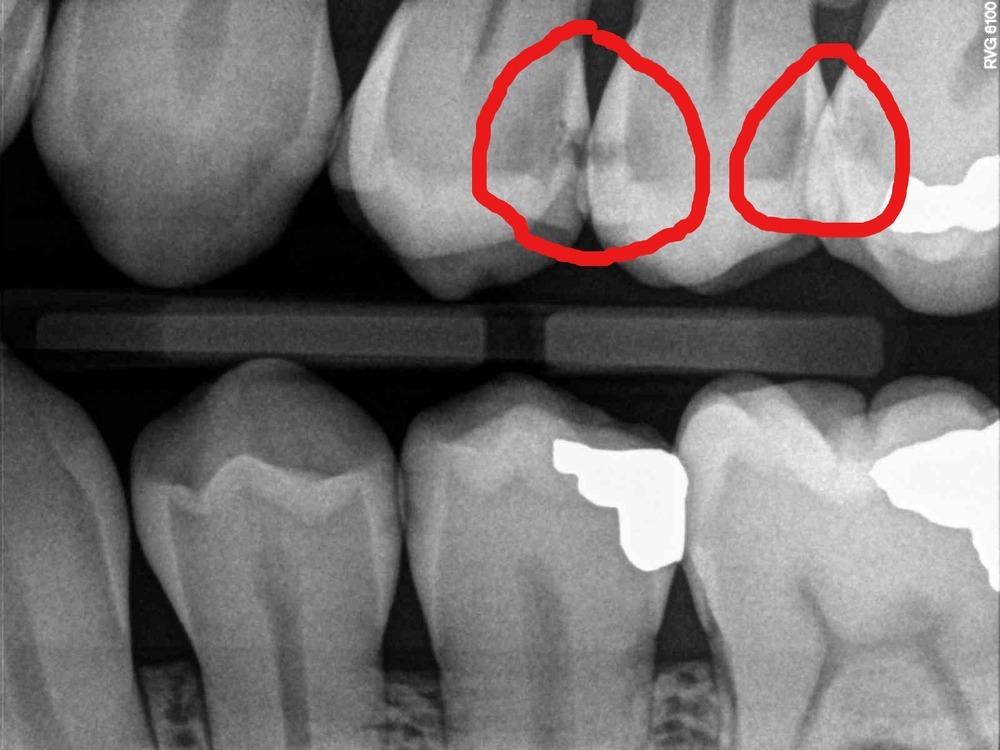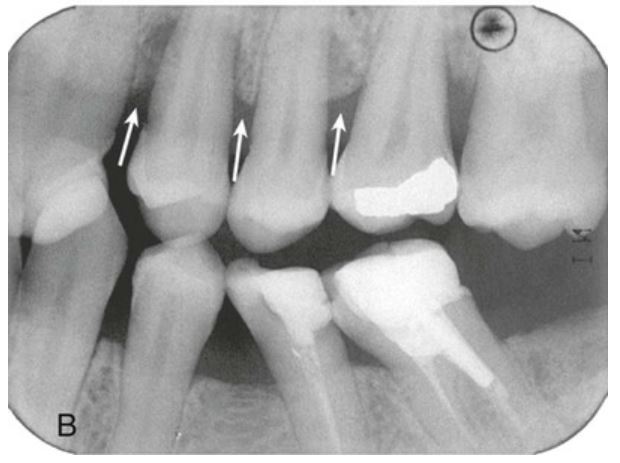Have You Ever Wondered: Do I Really Need a Dental Check-Up?
You just had your teeth cleaned by the hygienist, so why do you need a dental check-up as well? Many patients believe that if their hygienist didn’t mention anything concerning, everything must be fine. However, skipping your regular check-up could mean missing early signs of problems that are invisible to the naked eye. Here’s why both are essential for your dental health!
The Difference Between a Hygienist Visit and a Dental Check-Up
A hygienist’s primary focus is on cleaning your teeth and preventing gum disease by removing plaque and tartar buildup. They assess gum health and provide valuable advice on oral hygiene. However, they do not diagnose cavities, check for deeper oral health issues, or take X-rays to look for hidden problems. This is where your dentist comes in.
A dental check-up is a comprehensive examination of your teeth, gums, and mouth. Your dentist looks for early signs of tooth decay, gum disease, infections, and even oral cancer—issues that may not be visible or cause symptoms in their early stages. Without a regular check-up, these problems can progress unnoticed, leading to pain, more extensive treatment, and higher costs.
What to Expect During a Dental Check-Up
When you come in for a dental check-up, you can expect a comprehensive evaluation of your oral health. This isn’t just about looking at your teeth; it’s about ensuring your entire mouth is healthy and catching any potential issues early.
Examination and Screening
During the examination and screening process, your dentist will:
- Visually Examine Your Teeth, Gums, and Mouth: This helps identify any visible signs of tooth decay, gum disease, or other oral health issues.
- Review Your Medical and Dental History: Understanding your history helps tailor the check-up to your specific needs and identify any recurring issues.
- Screen for Oral Cancer: A visual screen for oral cancer is a crucial part of the check-up, as early detection can significantly improve treatment outcomes.
- Examine Problem Areas: If you have any specific concerns or symptoms, your dentist will take a closer look to diagnose and plan appropriate treatment.
- Discuss Your Oral Health: Your dentist will talk to you about your oral health, answer any questions, and provide advice on maintaining healthy teeth and gums.
Why Are Bitewing Dental X-Rays Important?
One of the most crucial parts of a dental check-up is the Bitewing X-ray, which allows dentists to detect issues that are invisible to the naked eye. Dental X-rays pose little to no risk to a fetus, making them safe for pregnant women. Here’s what these X-rays help with:
- Detecting cavities between teeth – Decay often starts in areas that can’t be seen directly, such as between teeth. Bitewing X-rays reveal early signs of decay before it causes pain or damage.
- Checking for hidden tartar – Even with a professional cleaning, some tartar may remain hidden, especially beneath the gumline or between teeth, where the hygienist cannot fully access. The radiation beam helps detect these deposits so they can be properly addressed.
- Monitoring bone health – Gum disease can cause bone loss over time, which is not always visible during a hygiene visit. The radiation beam passes through soft tissues to create images of teeth and bones, allowing the dentist to track changes and intervene before major damage occurs.
- Assessing existing fillings and restorations – Your dentist can check for signs of decay under old fillings, crowns, or bridges, ensuring they remain intact and functional.
- Detecting early signs of infection or abscesses – X-rays can reveal infections in the roots of teeth before they cause swelling, pain, or serious complications.
Types of Dental X-Rays
Dental X-rays are a vital tool in diagnosing issues that aren’t visible during a visual examination. Here are the types of X-rays you might encounter:
- Intraoral X-Rays: Taken inside the mouth, these X-rays provide detailed images of individual teeth and the surrounding bone, helping to detect cavities and monitor tooth health.
- Extraoral X-Rays: Taken outside the mouth, these X-rays offer a broader view of the teeth, jaw, and facial structure, useful for identifying impacted teeth or jaw issues.
- Bitewing X-Rays: These show the upper and lower teeth biting down on a piece of film, making it easier to detect tooth decay and gum disease between teeth.
- Panoramic X-Rays: Providing a full view of the mouth, these X-rays capture the teeth, jaw, and surrounding facial structure in one image, useful for planning treatments like braces or implants.
Are Dental X-Rays Safe?
Many patients worry about radiation exposure from dental X-rays, but rest assured, they are considered very safe. The amount of radiation from dental X-rays is minimal, comparable to the exposure from a chest X-ray or a mammogram. The benefits of using X-rays to diagnose and treat oral health problems far outweigh the risks. Modern dental practices often use digital dental X-rays, which further reduce radiation exposure while providing clear, detailed images.
Why Hygienists Need Bitewing X-Rays Too
Hygienists rely on Bitewing X-rays to better understand your oral health and tailor their cleaning approach. If there is hidden tartar buildup below the gums or bone loss due to gum disease, the hygienist can adjust their treatment to provide more effective care. Without X-rays, some problem areas may be missed, potentially allowing gum disease to worsen over time.
Skipping Your Check-Up? Here’s What Could Happen
Many patients who feel fine after a hygienist visit believe they don’t need a check-up. However, most dental issues start painlessly and are only noticeable when they become severe. Patients also have the right to refuse dental X-rays, but it’s important to understand that many dentists may require them to provide adequate dental care. If you skip your check-up, you risk:
- Undetected decay – Small cavities can turn into larger ones that require fillings, root canals, or even extractions.
- Hidden gum disease – Early gum disease (gingivitis) is reversible, but if left untreated, it can progress to periodontitis, leading to tooth loss.
- Tartar buildup below the gums – If left undetected, tartar below the gums can cause inflammation and gum recession.
- Costly and more extensive treatment – The earlier a problem is found, the easier (and less expensive) it is to treat.
How Dental Check-Ups Save You Money and Improve Oral Health
Many people skip check-ups to save money, but catching dental issues early actually prevents costly treatments later. A small cavity today might only need a simple filling, but if left undetected, it could require a root canal or extraction, costing significantly more. Regular check-ups help you avoid emergency dental visits and expensive procedures.
A Real Patient Story: Early Detection Saved the Day!
One of our patients, skipped her check-up for a year, assuming her hygienist visits were enough. When she finally came in, a small cavity had grown into a severe infection, requiring a root canal. If caught earlier, a simple filling could have saved her time, pain, and money. Don’t let this happen to you—schedule your check-up today!
How Often Should You Have a Check-Up?
For most patients, we recommend having a dental check-up every six months, along with X-rays at least once a year. However, if you have a history of gum disease, cavities, or other dental concerns, your dentist may suggest more frequent visits.
Book Your Check-Up Today!
At City Dentists, we want to help you maintain a healthy, confident smile for life. If you recently saw the hygienist but haven’t had a check-up, we encourage you to schedule one soon. Early detection and prevention are key to avoiding unnecessary pain, treatment, and costs.
Call us today at (04) 978 4964 to book your check-up.
Or visit www.citydentists.co.nz to schedule your appointment online.
Your smile deserves the best care—let’s keep it healthy together!





